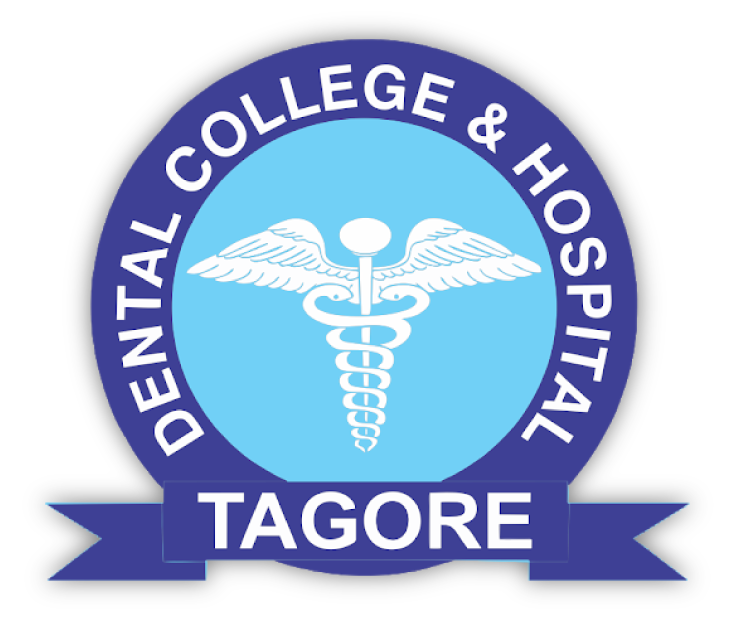AUTHORSHIP GUIDELINES FOR RESEARCHERS
The reason for this authorship guideline is to -
Offer technical information and promote good authorship practices among researchers at TDC&H and avoid duplication of efforts. It is based on the recommendations of the International Committee of Journal Editors, Journal of American Medical Association and FAIMER guideline for authorship.
International Committee of Medical Journal Editors (ICMJE), also named Vancouver group, 2001, states that - authorship credit should be based on:
- 1.Substantial contributions to conception and design, or acquisition of data, or analysis and interpretation of data
- 2.Drafting the article or revising it critically for important intellectual content
- 3.Final approval of the version to be published
Conditions 1, 2, 3 must all be met. Acquisition of funding, the collection of data, or general supervision of the research group, by himself or herself do not justify authorship.
To reduce authorship problem, we encourage following tips for all the researchers at TDC&H (COPE report, 2003).
- 1.Encourage a culture of ethical authorship - good authorship practices should reduce such dilemmas. Each department library should have a book on publication ethics and there should be one seminar on publication ethics in a year.
- 2.Start discussion on authorship when you plan your research - it is better to decide the team to begin with and gather views of all team members and if possible discuss authorship at a face to face meeting. Continue to discuss ideas about authorship as research work progresses, especially if new people get involved. Keep a written record of your discussion and decision.
- 3.Decide authorship before you start writing each article/case report - ensure good communication to avoid misplaced expectations and poor communications. Ideally there should be a face to face meeting where it is confirmed who will do what - and by when. Keep everyone informed of changes, if any.
- 4.Review by research and ethics Committee: please ensure the clearance of your research proposals from the Research Committee and the Ethics Committee. It is expected to strengthen technical and ethical dimensions of your research proposals.
- 5.Informed consent: please obtain informed consent and retain its details. In a case report, consent for publication in print and electronically must be obtained from the patients. Please prepare your consent forms in the prescribed format as recommended by the research and ethics committee.
- 6.Consider author contribution: all authors must have made an individual contribution to the writing of the article and not just been involved with the patient's care.
- 7.Individuals just involved in the patient's care (including diagnosis and management)should be listed in the acknowledgements.
Authorship disputes - how to handle it?
The team should have a written authorship agreement before the article is written. We recommend authors to follow the authorship criteria of American Medical Association, July 2007 to decide authorship.
We also recommend following a rubric provided by Francois Cilliers, 2007 to decide the order of co-authorship.
Disagreement about authorship can be classified into two types: those that do not break
ICMJE guidelines (disputes) and those that do (misconduct).
(a) Disputes - It is a question of interpretation, you may discuss with the people involved and the supervisor/any senior person involved in the study/Head of the Department. Consider or support your discussion or opinion with the evidences such as laboratory notebooks, manuscripts, ICMJE statement, instructions to Authors etc.
If you remain unhappy with the decision, you may approach the
Research Committee. But you should do this in exceptional circumstances only and other researchers are well informed about what you're intending to do.
(b) Misconduct - if you notice or experience some scientific misconduct, please bring it to the notice of the Research Committee. A separate code of ethics for misconduct in research and plagiarism is available in our institution
AUTHORSHIP CRITERIA
Rubric provided by Francois Cilliers, 2007
Authorship of any work resulting from this research will be determined by the following authorship index:
Co-authorship scoring system: Each coauthor (s) completes a self-assessment form indicating individual contribution and is encouraged to complete a form for each member of the team.
|
INTELLECTUAL INPUT: |
LITERARY INPUT: (Contribution to first complete draft of manuscript) |
||
|
No Contribution |
0 |
No Contribution |
0 |
|
One Detailed Discussion/Correspondence |
5 |
Edited Others' Material |
5 |
|
Several Detailed Discussions/Correspondences |
10 |
Contributed Small Sections |
10 |
|
Longer Meeting/ Correspondence |
15 |
Contributed Moderate Proportion |
15 |
|
Substantial Liaisons |
20 |
Contributed Majority |
20 |
|
Closest Possible Involvement |
25 |
Contributed Virtually All |
25 |
|
PRACTICAL INPUT: (setting up/observing/recoding/abstracting) |
SPECIALIST INPUT FROM |
||
|
no contribution |
0 |
no contribution |
0 |
|
small contribution |
5 |
brief or routine advice |
5 |
|
moderate indirect contribution |
10 |
Specially tailored assistance |
10 |
|
moderate direct contribution |
15 |
whole basis of approach |
15 |
|
major indirect contribution |
20 |
||
|
major direct contribution |
25 |
||
|
PRACTICAL INPUT: BEYOND DATACAPTURE (data processing/organization) |
|||
|
no contribution |
0 |
||
|
minor or brief assistance |
5 |
||
|
substantial or prolonged assistance |
10 |
||
Whoever achieves 25 points will be offered joint authorship in rank order of total score. In the event of ties, recent near misses will be considered. If none exists, alphabetical order may be used.
Note for authorship in case report: In the past, it was acceptable to include as authors those contributing to the management of the patient, but this is no longer true. Currently, it is expected that the authors contribute significantly to the intellectual content of the case report. Keep in mind that the best case report abstracts are those that make a small number of teaching points (even just one) in clear and succinct language.



